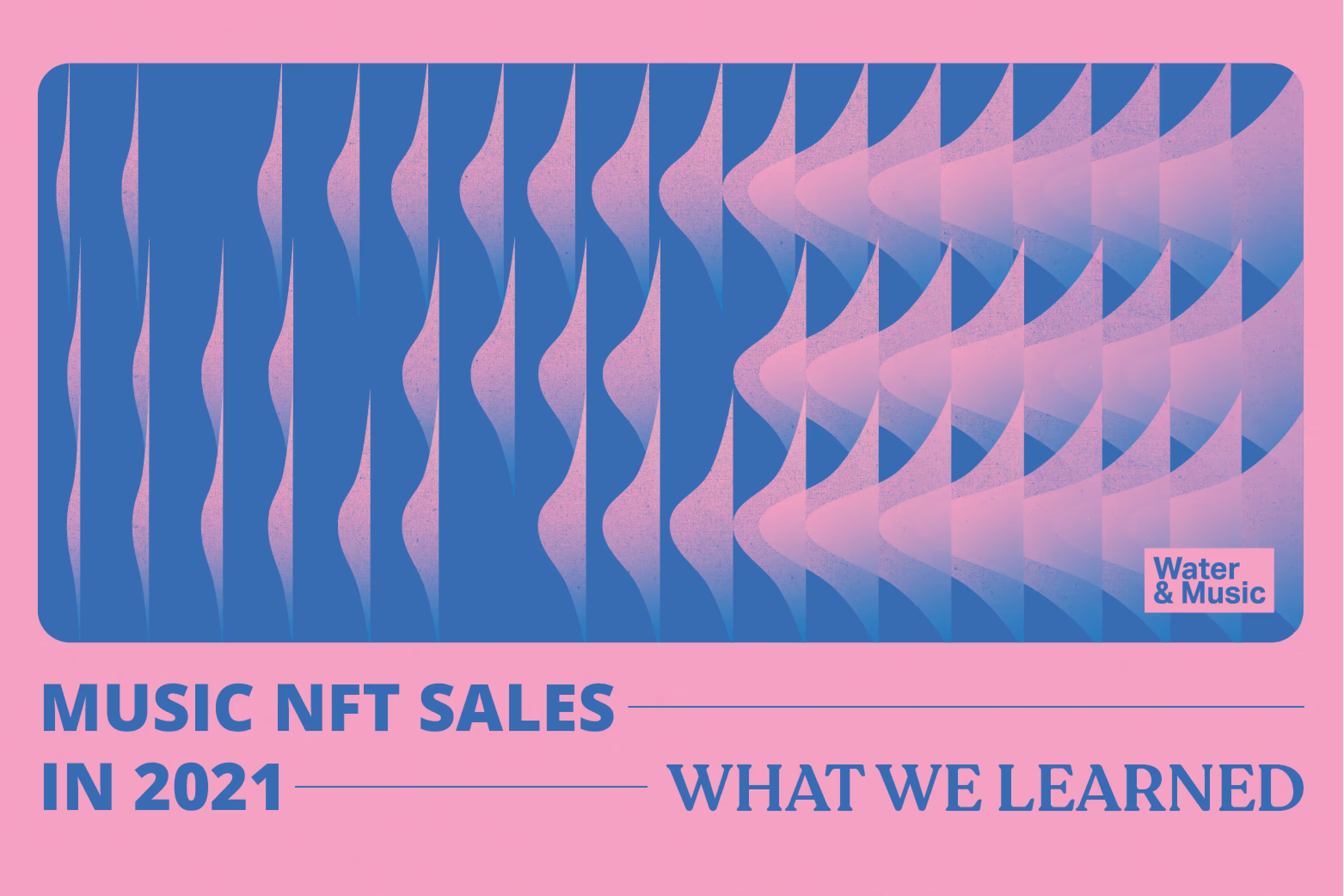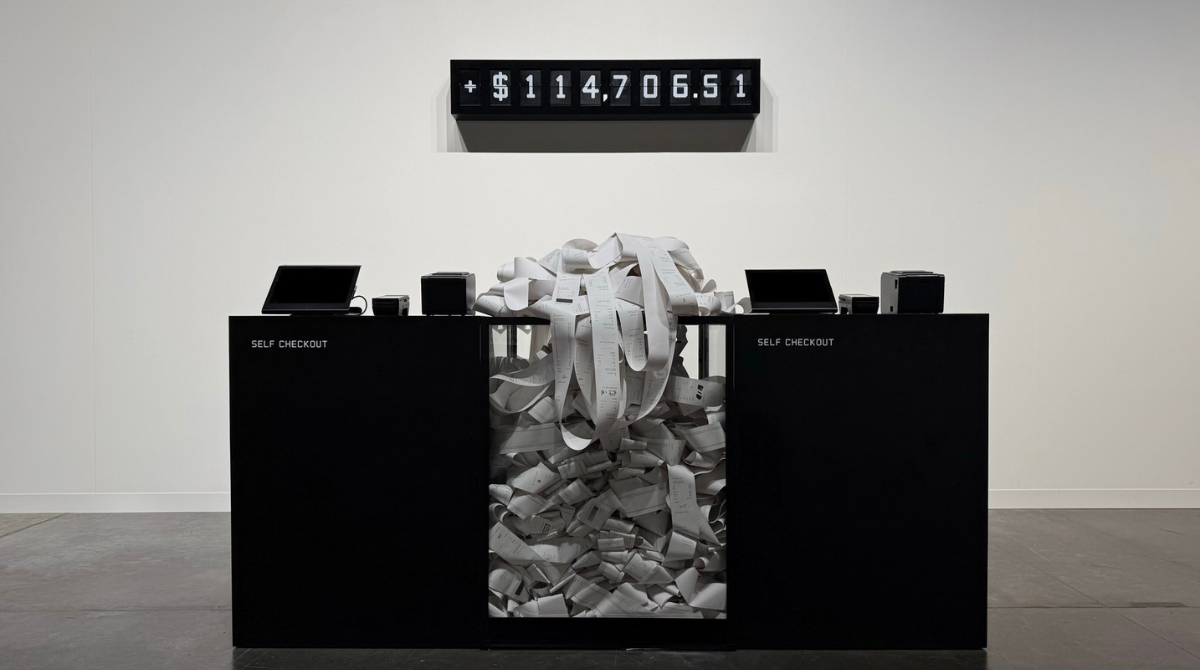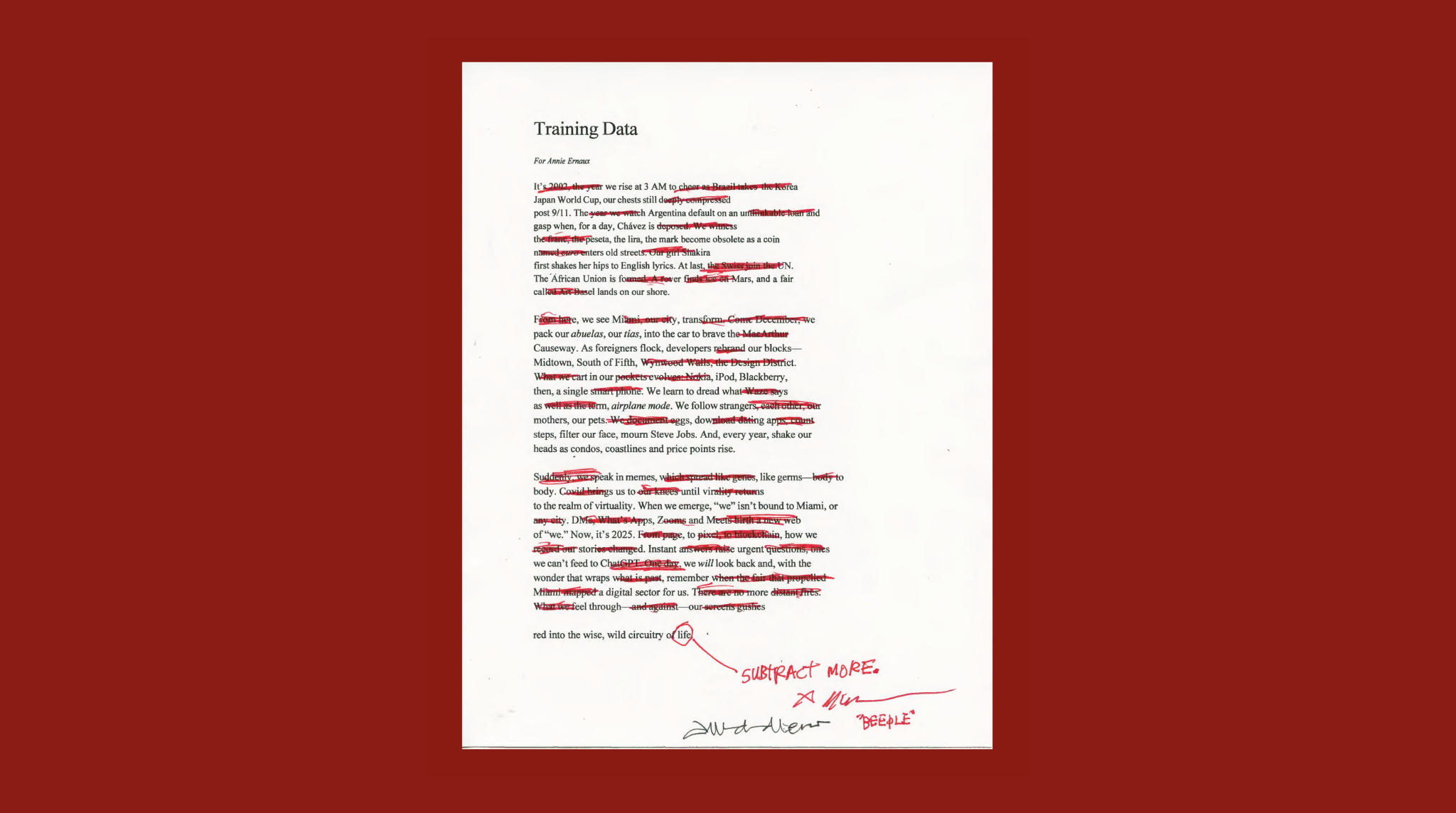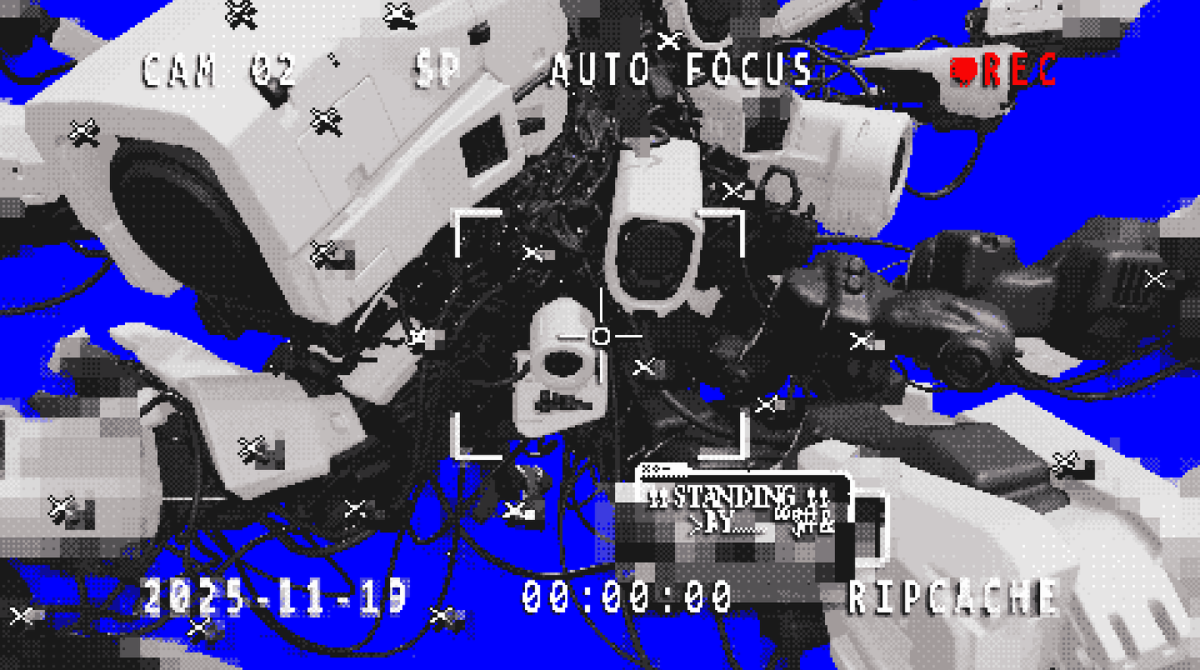The following guest post is an abridged version of “Music NFT sales in 2021: What we learned,” a longform analysis of 2021 music NFT sales conducted by the Water & Music community in April 2022.
That full article — which includes a more in-depth discussion of case studies, NFT utility, and sales trends beyond what is in this post — can be viewed here.
The underlying sales data that informed our analysis is available in our music/Web3 dashboard, which is available exclusively to Water & Music members.
At Water & Music, we’ve been tracking music NFT drops since summer 2020 in a members-only database. While it is not exhaustive, we believe it is the most comprehensive view of music NFT primary sales that exists in the world today, and we continue to update, amend, and improve our data every week.
As NFTs continue to pervade the mainstream discourse, we thought now would be a good time to examine what we learned from music NFT sales in 2021. Over the course of six weeks, more than 20 contributors in our community worked together to analyze pricing and utility trends across over 1,500 music NFT drops in 2021, representing more than $86M in primary sales.
A bit about our database: In our tracking, we define a “music NFT” fairly liberally as an NFT that satisfies any of the following criteria:
- Sold directly by an artist or music brand (e.g., Vérité, Billboard)
- Features cited musical/audio contributions from a recording artist (e.g., The Dreamers)
- Tied inherently to an artist or music brand in its perceived value (e.g., Leon Bridges / Wrangler, Nas on Royal)
- Revolves around music or music culture as its core theme or value proposition to collectors (e.g., SpeakerHeads)
- Released on music-specific NFT platforms (e.g., Royal, Catalog)
In our view, an NFT does not have to contain audio to be related to music, nor do we consider every NFT that contains music audio to be an “Music NFT”. More broadly, our goal is to show where musicians or music brands are benefiting from the technology.
In our collaborative analysis, we found the following high-level takeaways:
Both in terms of number of drops and total revenue in USD equivalent sales, music NFT activity spiked early in 2021, cooled down in the summer, and then rose again in Q4. This reflected the overall NFT market.
Labels:
Indie-label and unsigned artists accounted for the majority (64%) of primary music NFT sales. The absence of middlemen has been a strong rallying cry for many artists entering web3, particularly the appeal of artists having direct control of rights and access to their own communities.
Genres:
In our analysis, we defined genres broadly and at a very high level (no multi-hyphenate sub-genres here), and found that the most popular genre by share of primary sales revenue was electronic (65%), followed by hip-hop (19%). While the trend stayed true over time, we began seeing more uptake from other genres towards the end of the year like country and even classical.
(Due to our location and community makeup our database tends to be biased toward English-speaking, Western countries, so we may be missing sectors due to language and platform barriers.)
Pricing:
Average music NFT pricing remains expensive, but has fallen over time. Between February and December 2021, the average price per tracked music NFT fell by 46%, from $18.8K to $10.2K per unit; the median fell by 27% over the same time frame, from $1,000 to $825 per unit.
At the beginning of 2021, when the letters “NFT” entered the household lexicon, the attention to technology was largely due to headline-grabbing, celebrity-driven mega drops. The appetite for those high-dollar sales has subsided for the most part, and has been gradually replaced by multiple-edition, PFP-type collections, which is driving down the average cost-per-edition and presumably recruiting more collectors and fans into web3.
Protocols:
The Ethereum blockchain claimed only ~50% share of the number of music NFT drops in the second half of 2021, as alternatives like Tezos, Solana, Polygon, and Flow garnered more adoption. There were two likely causes of this shift: First, Ethereum gas fees were at times prohibitively expensive. This continues to be true at times, as was demonstrated most recently with the BAYC sale in early May 2022. Secondly, Ethereum is currently an energy-intensive Proof-of-Work protocol, and artists and platforms who have concerns about the negative environmental impact of these types of consensus mechanisms have been looking to alternative, Proof-of-Stake consensus blockchains like Tezos.
Platforms:
Marketplace competition is heating up. Early in the year, Nifty Gateway dominated with over 60% share of primary music NFT revenue. By the end of the year, the leader (OpenSea) had only 28% share of the primary sales revenue we tracked, facing competition from many new platforms like Royal, Sound, and Nina.
We tracked more than 20 new Music-focused NFT platforms that launched in the second half of 2021 alone, and more still have launched in 2022.
Utility:
As these platforms launched with their own unique selling propositions, we found that artists continued to experiment with different forms of utility for NFTs, delivered either on-chain (i.e. built into an NFT’s smart contract, such as NFT revenue splits or on-chain music storage) or off-chain (i.e. delivered and experienced outside of blockchain-specific environments, such as in-person events, physical merch, and general community-building).
On-chain Utilities
Music files
The music itself is of course a clear starting place for providing utility within music NFTs. Since the NFT acts as a ledger and provides provable ownership of the token, it can attract collectors and fans by endowing a sense of personal connection and/or social status. Here the emotional value of the music is at the forefront of the primary sale and still there is some potential for future economic value, such as a secondary sale. This is what distinguishes an NFT from, say, a vinyl record: The smart contracts used to build NFTs allow creators the ability to offer fans more benefits directly over time, in a modular fashion.
Music rights
Rights-bearing NFTs — which allow the purchaser to use the music or have access to tracks attached to music NFTs to produce remixes or other derivative works of their own — have been gaining momentum. Platforms like Arpeggi Labs and projects like omgkirby have taken various approaches in granting their NFT holders commercial rights (usually in full) to exploit the creative works embedded in the NFTs.
Splits protocols
Embedding splits protocols into the NFT is primarily a utility for the music creators themselves, enabling streamlined revenue splits to the various people involved with the making of the music, and with trackable and verifiable credit attached. The rise of open splits protocols like 0xSplits and Slice have provided the modular building blocks for NFT platforms (such as Sound) to incorporate splits as platform features.
Off-chain utilities
On the other hand, we saw numerous examples of benefits being added to the value of an NFT purchase that requires management and fulfillment outside of the blockchain. They include methods of community-building, connecting to live experiences, merch, and philanthropic efforts.
Community-building
Community-driven utilities that emerged from our research included online experiences like access to private Discord servers; direct artist-fan interactions like VIP meet-and-greets; offline experiences like first dibs on concert tickets; and governance rights such as multisig wallet signing privileges. Several startups like Unlock, Temple, Highlight, and Medallion have recently emerged with the explicit focus on helping artists launch NFT-gated online communities.
Live music
A recurring theme in a lot of music NFTs is exclusive access to in-person concert and festival experiences. Since much of the music NFT hype revolves around the concept of digital scarcity, the exclusive access to an in-person event flows well from this idea of rarity and exclusivity. We categorized these types of benefits into pre-event, during-event, and after-event utilities.
- Pre-event includes free and/or VIP tickets; memorabilia such as commemorative art, photography, and lineup posters from prior shows. An example of this was the “golden ticket” package from Save Our Stages collection from NIVA.
- During-event utility includes backstage passes, token-gated VIP lounges, NFT galleries, and meet-and-greets, for example those offered by B Real (of Cypress Hill).
- After event utilities include commemorative art, NFTs featuring show highlights, which we saw from artists like Don Diablo, Disco Biscuits, and the Dallas Symphony Orchestra.
Physical + digital merch
In line with a common framing in the music industry of NFTs as “digital collectibles” are the physical and digital goods packaged with many of these NFT sales. In this category we found examples of back-catalog support such as archival footage and never-before-seen live sets; current release support like signed prints, CDs, and vinyl records; and future/pre-release support that provide access to exclusive previews via private communities or VIP chats (which also ties back to the community-building utility).
Philanthropy
Philanthropy has persisted as one of the top use cases for music NFTs, as artists have to use the technology for good while addressing fan concerns about environmental and financial costs. We found examples of this utility through 2021 and into 2022 including:
- Billboard x Trae Tha Truth (Bitski), benefitting Angel by Nature
- iHeartRadio Festival (OneOf), benefitting the Right Here, Right Now Global Climate Alliance
- Diplo (Nifty Gateway), benefitting P.S. Arts, Arts for Learning (Miami) and Free Arts NYC
- Young & Sick (MakersPlace), benefitting Save Our Stages
Challenges and further questions:
While 2021 was a banner year for music NFTs, this was only a snapshot in time of what we see to be continuous evolution of both the technology itself and how musical artists will be using them.
In our report, we acknowledge and challenge that many changes are still imperative for music NFT technology to persist, including:
- The standardization of metadata in music NFTs across platforms. The current lack of standards makes it challenging to find, verify, and interpret drops on a manual, case-by-case basis and also creates a major discoverability pain point for artists and fans.
- Transparency around the expectations vs reality of what the market is doing. In particular, we found prior brand recognition and reach alone is an insufficient indicator for a successful NFT drop. Rather, other factors such as the diversity and thoughtfulness of NFT utility, or the strength and frequency of preexisting interactions within a fan community, may be more relevant predictors of success.
More broadly, web3 in-and-of-itself is not a silver-bullet solution to the problems that may face artists and the music industry at large. What we see, though, is a powerful tool that thousands of artists, music brands, and platforms are using to explore new and creative use cases, quickly building and scaling on activities led by others before them. Many have benefited in both monetary and non-monetary ways, and have helped to onboard other artists, fans, and collectors into this new world.
At Water & Music, we will continue to track primary music NFT sales and also explore secondary sales and other forms of utility, to help artists and entrepreneurs navigate and demystify the ever-changing landscape as best we can in real time.
About Water & Music
Water & Music is a newsletter and research DAO on a mission to empower the music industry with the knowledge, network, and skills to do more innovative and progressive work with technology. We accomplish this through a highly social and cooperative approach to intelligence — building dynamic, collaborative systems for producing, exchanging, and distributing cutting-edge insights on emerging music/tech trends.
Our membership is home to 1,500+ professionals across music and entertainment, spanning everyone from indie artists and startup founders to marketers, investors, and C-Suite executives at major music companies. In January 2022, we launched our $STREAM governance token for rewarding contributors to our collaborative research and editorial projects, which is now in the hands of over 400 supporters in our community. What makes our work stand out is our relentless curiosity, our penchant for experimentation, our passion for interdisciplinary thinking, and our recognition of constructive critique as a driving force of progress in music, tech, and culture.





.avif)

.png)
.png)
.png)



.png)